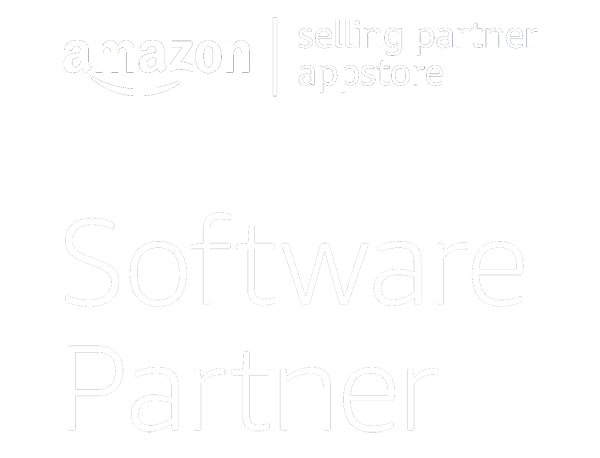Small businesses are always looking for ways to attract new customers, but one of best ways to maximize longterm profit is to build loyalty among existing customers. An effective customer loyalty program encourages new customers to become repeat customers, and it encourages repeat customers to stay engaged with your business.
If you’re thinking about adding a customer loyalty program to your small business, there are a few things you need to consider. Let’s look at all of your options, and what it might do for your small business. This post should put you in a better position to plan a program that’s right for your customers.
What are customer loyalty programs?
A customer loyalty program is a marketing strategy that rewards customers for their continued business. Customers can earn points, discounts, or freebies for making purchases, referring friends, or taking other actions.
Remember, a loyalty program is a long-term play. While other marketing strategies can generate short-term bursts of business, customer loyalty programs are designed to create loyal customers who return to your business over and over.
There are many different types of customer loyalty programs, so consider all of your options before you commit.
Types of customer loyalty programs
The most common type of customer loyalty program is a points-based system. In this type of program, customers earn points for every purchase they make. They can then redeem these points for discounts, freebies, or other rewards. This type of program can be beneficial if you have a lot of regular customers, because it encourages them to keep coming back and use their points. One of the most recognizable and successful points-based loyalty programs is Starbucks Stars for Everyone, which provides rewards for different types of purchases and payments. It was the first loyalty program available through a mobile app, and an astounding 51% of the company’s sales are to loyalty members.
Another type of customer loyalty program is a tiered system, where customers earn rewards based on how much they spend. The more they spend, the higher tier they reach, and the better the rewards become. If you have high-end products or services, customers are making a significant investment. They are more likely to care about their status within your business. This program will encourage them to spend more to reach a higher tier.
There are also membership or subscription-based systems, where customers pay a monthly fee to receive discounts, free shipping, or other benefits. The subscription might also unlock early access to certain products. In some cases, you could offer free membership, especially if the rewards are of little to no cost to your business. Nike is a great example of a free membership program that provides access to customized products, events, and promotions. The customers earn free rewards, and the business can track customer behavior and market specifically to their habits.
Benefits of customer loyalty programs
Customer loyalty programs come with a number of benefits, both for businesses and customers.
Benefits for businesses:
- Increase customer retention by rewarding them for their business
- Boost sales by giving customers an incentive to buy more
- Generate word-of-mouth marketing by giving customers a reason to refer their friends
- Tracking customer behavior through the program for actionable insights
- Enhance your brand by differentiating your small business from the competition
Benefits for customers:
- Offer discounts and rewards by giving them an incentive to make more purchases
- Enhance their shopping experience by making them feel valued and appreciated
- Help them save money by giving them access to exclusive deals and coupons
- Provide exclusive deals and perks such as access to VIP events and early access to new products
- Make shopping more convenient by giving them free shipping or other benefits
Ultimately, customer loyalty programs are a win-win for both businesses and customers. By offering rewards and perks, businesses can increase customer retention and boost sales. Meanwhile, customers can enjoy discounts, exclusive deals, and more convenient shopping experiences.
How to create a customer loyalty program
Now that you know the benefits of customer loyalty programs, it’s time to start planning your own small business loyalty program.
Here are a few things to keep in mind as you build your customer loyalty program:
- Define your goals: What do you hope to achieve with your loyalty program?
- Know your customers: What type of rewards would your customers be interested in? Listen to their feedback as they participate.
- Decide on a program structure: Once you know your customer base, it’s much easier to decide on an appropriate loyalty program format.
- Choose the right rewards: Keep the popular rewards. Replace the ones that customers don’t choose.
- Set up a system: Maybe you keep it old school and stamp their card after every purchase. Loyalty cards do still work for many small businesses. However, you may need to invest in software designed to help you manage a more robust program. Research on review sites and read what other businesses have to say.
- Make it easy to participate: Keep the loyalty program simple and easy to understand.
- Promote your program: Utilize social media to make sure your customers know about your loyalty program so they can take advantage of it.
A small business customer loyalty program can be a great way to set yourself apart from the competition and build long-term relationships with your customers. By offering rewards and perks, you can increase customer retention and boost sales. Keep these tips in mind as you build your customer loyalty program, and you’ll be on your way to success.




